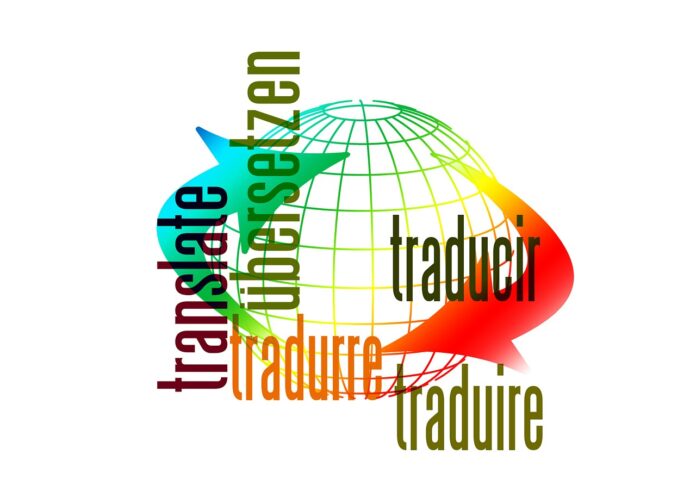Introduction
Social media has a significant impact on the world nowadays that we couldn’t have predicted 20 years ago. Major political leaders get to convey their messages, protest movements and groups begin having a strong presence on social media, and individuals may reconnect with colleagues they’ve parted ways with. Social media is one of contemporary humanity’s most powerful tools, and when utilized effectively, it may open doors for organizations looking to expand their influence. If your material is interesting and engaging, developing social media accounts for your company instantly boosts your likelihood of being spotted and engaging your intended audience. If you function on a global scale, getting your posts on social media and websites translated is essential.
Prepare a marketing strategy and do a market analysis
Have a chat with your development team to develop an action plan before you begin translating your social media material. It’s not simple to come up with captivating social media postings, which is why planning ahead might help you save time in the long term.
For your worldwide growth plan, consider which markets you are interested in and why. For each region, which social media networks would you utilize? Many nations use social networks less often than other countries. Many people may not use Facebook, Instagram, or Twitter! If you adapt the material for a network that isn’t even established in your target nation, it’s pointless. For example, the most popular social networking platform in Russia is VKontakte.
Avoid using automatic translations
When it comes to extending your company internationally, using Google Translate or related programs to translate material is a no-no. You can’t depend on automatic translation providers to execute an effective worldwide campaign. Catchphrases that aren’t properly translated may do a lot of harm to your business image. Humans will always have an advantage over AI technologies in translating. Consider hiring professional translation agencies to translate your content for you and avoid risking your brand looking amateurish. A professional translator will be able to spot the cultural gestures that you may have missed and optimize your content accordingly.
Hashtags
An excellent technique to draw attention to your website is the use of hashtags. They are able to connect your postings to certain topics and make them visible to others who aren’t following you. The issue with hashtags in translating and localization is that they are both language and context-specific. If you add a localized hashtag to a post, the viewer will not be sent to the identical topic; instead, they will be directed to a whole new topic, which may or may not be as strong or popular as the initial. An analysis is required to determine which keywords are relevant in the target language area. The translation will still be labeled in this way, and users will be able to discover the postings using a hashtag search.
Conclusion
Each social media network is unique; what works on Twitter may not work on Snapchat. Something to keep in mind while translating social media posts is the word restriction on every platform. It’s also a great way to keep up with professionals’ suggestions and social media methodology to figure out how long your material should be. You may communicate with foreign clients and promote your organization by adapting social media material.
Bio
Eric Wyatt is a professional writer and marketing enthusiast. He enjoys traveling and long walks on the beach. During his free time, he likes reading contemporary literature and educating himself on business administration.





